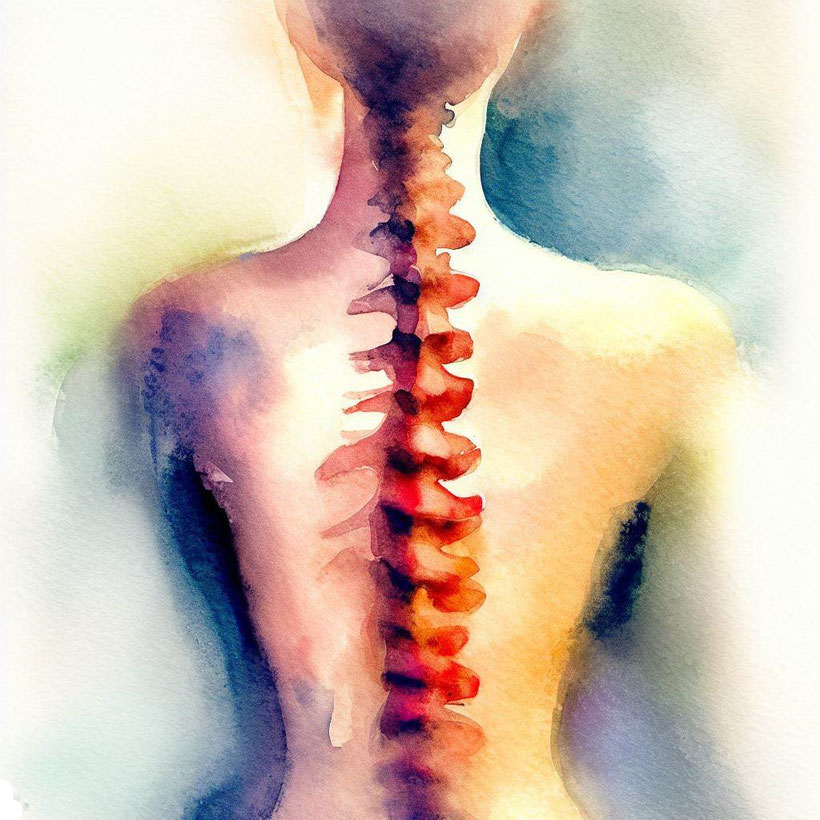Introduction
Scoliosis, a condition characterized by an abnormal curvature of the spine, can have a significant impact on a person's posture, movement, and overall well-being. While traditional medical interventions focus on managing pain and preventing further progression, there is an alternative approach that offers valuable benefits: the Alexander Technique. This holistic method of body re-education empowers individuals with scoliosis to improve their posture, increase body awareness, and manage pain effectively. In this article, we will explore the benefits of the Alexander Technique for those living with scoliosis.

Postural Alignment and Balance
Scoliosis often results in an asymmetrical posture, with the spine curving sideways. The Alexander Technique provides individuals with scoliosis the tools to become aware of their postural habits and make conscious adjustments to improve alignment. By working with a skilled Alexander Technique teacher, individuals can learn to lengthen the spine, balance the body's weight more evenly, and minimize the impact of the spinal curvature on overall posture. This improved alignment can lead to better balance, reduced strain on muscles, and enhanced physical confidence.
Increased Body Awareness
The Alexander Technique places a strong emphasis on body awareness, enabling individuals with scoliosis to develop a deeper understanding of their body's movement patterns and habitual responses. Through gentle touch and guided movements, the technique helps individuals recognize areas of tension and imbalance caused by scoliosis. By cultivating a heightened sense of body awareness, individuals can consciously release unnecessary tension, allowing for more freedom and ease in movement. This increased body awareness empowers individuals to take an active role in managing their condition and making choices that promote well-being.
Improved Breathing and Lung Capacity
The spinal curvature associated with scoliosis can restrict mobility of the rib-cage and the space available for the lungs, potentially impacting breathing and reducing lung capacity. The Alexander Technique emphasizes freer mobility of the ribcage and spine, creating space for improved lung function. By learning to release tension in the chest, shoulders, and back, individuals can enhance their breathing capacity, leading to a greater sense of vitality and overall well-being. The Alexander Technique provides tools and techniques to optimize breathing and help individuals with scoliosis maintain optimal respiratory function.
Pain Management and Muscle Tension
Scoliosis can often lead to muscle imbalances, resulting in discomfort, pain, and muscle tension. The Alexander Technique offers a gentle and non-invasive approach to managing pain associated with scoliosis. By bringing conscious attention to movement and posture, individuals can identify areas of muscle tension and learn to release unnecessary gripping and bracing patterns. The technique encourages the lengthening and widening of muscles, promoting relaxation and reducing pain. As individuals develop body awareness and release tension, they often experience a reduction in muscle spasms and discomfort.
Enhanced Mind-Body Connection
Living with scoliosis can create a sense of disconnection between the mind and body. The Alexander Technique emphasizes the integration of mind and body, allowing individuals to develop a more harmonious relationship between the two. By cultivating mindfulness and present-moment awareness, individuals with scoliosis can actively engage in their own healing process. The technique encourages a holistic approach to well-being, recognizing the interconnectedness of physical, mental, and emotional aspects of health.
Conclusion
The Alexander Technique offers a unique and empowering approach to managing scoliosis. By addressing posture, body awareness, breathing, pain management, and the mind-body connection, this technique provides individuals with scoliosis valuable tools for self-care and improved well-being. Through the guidance of a skilled Alexander Technique teacher, individuals can learn to adapt and optimize their movements, allowing them to live with greater freedom, confidence, and reduced discomfort. By embracing the principles of the Alexander Technique it's possible to learn to self manage the realities of living with scoliosis.
For more insight you can read a first person account of taking Alexander lessons to aid scoliosis here ...

Write a comment